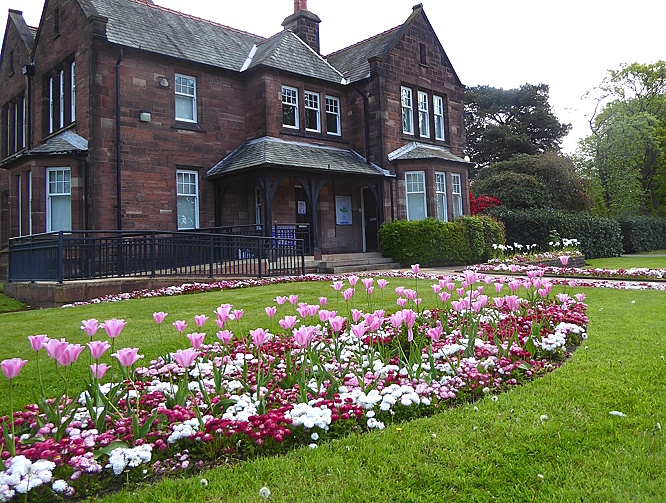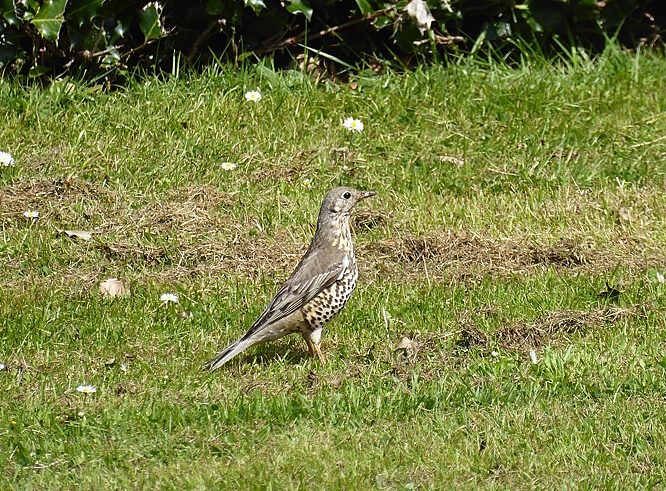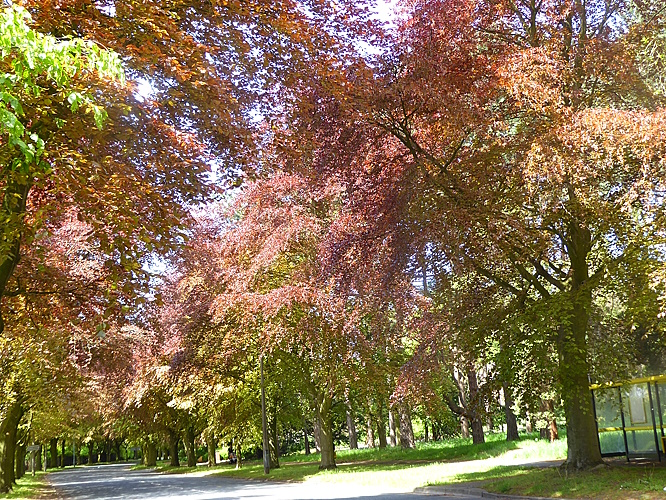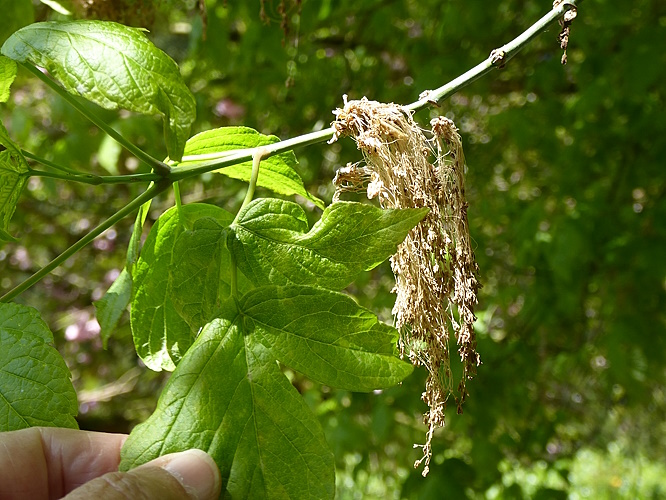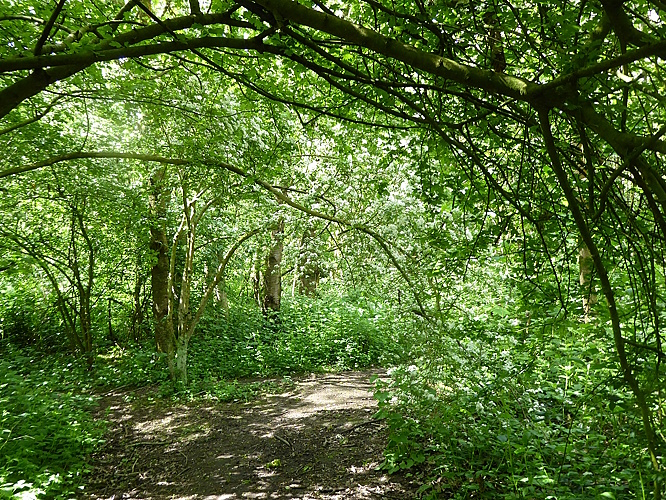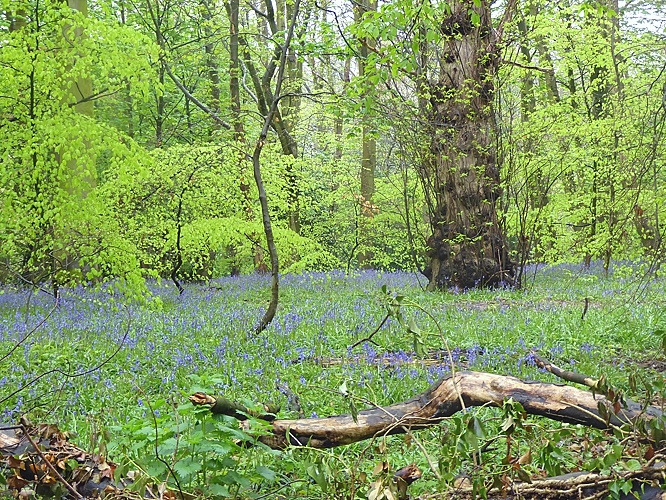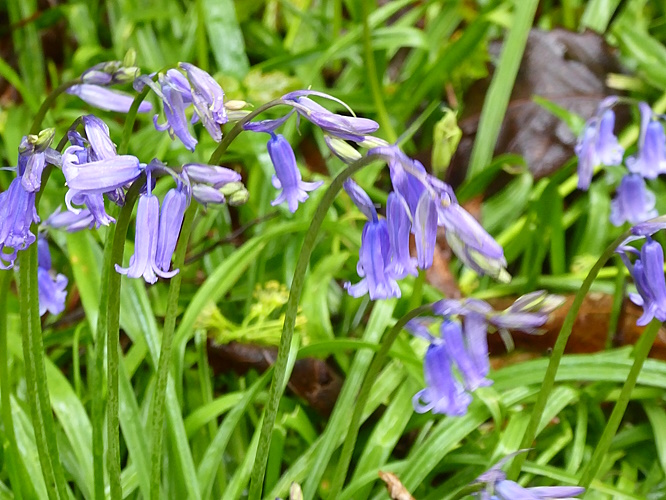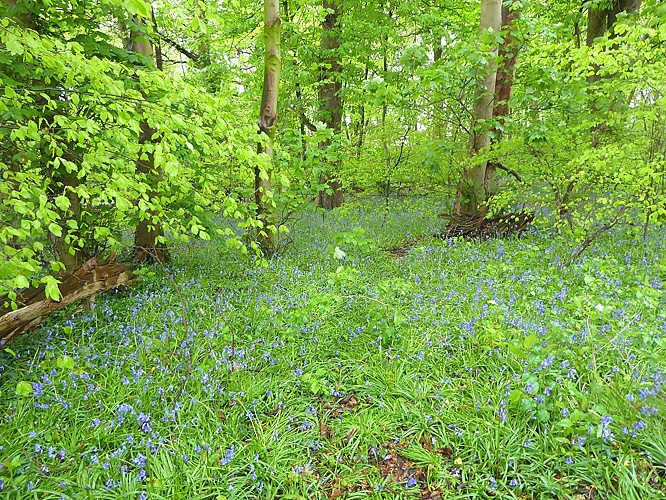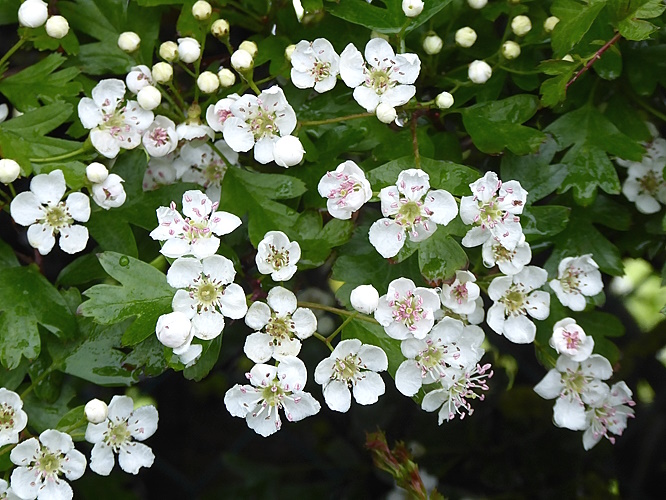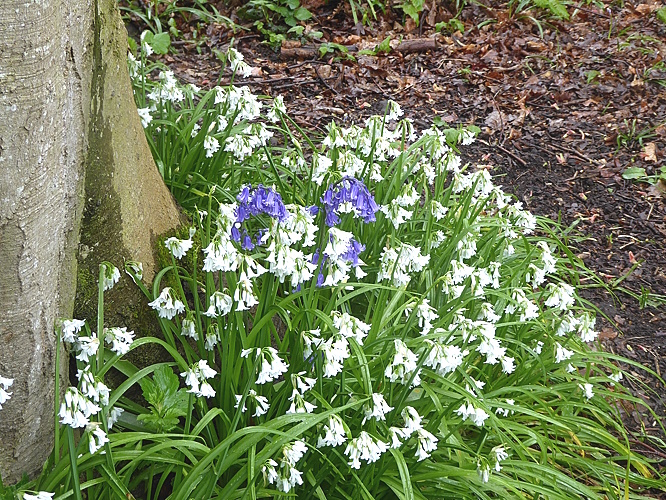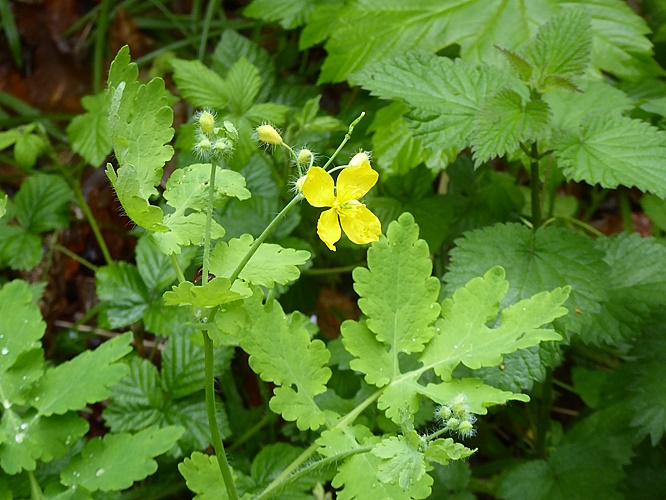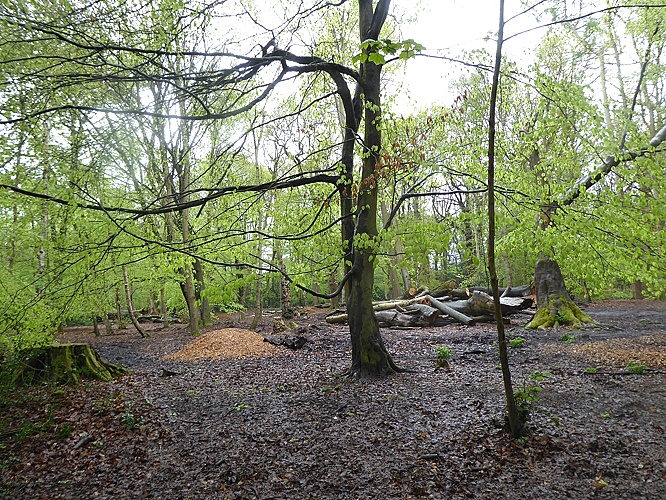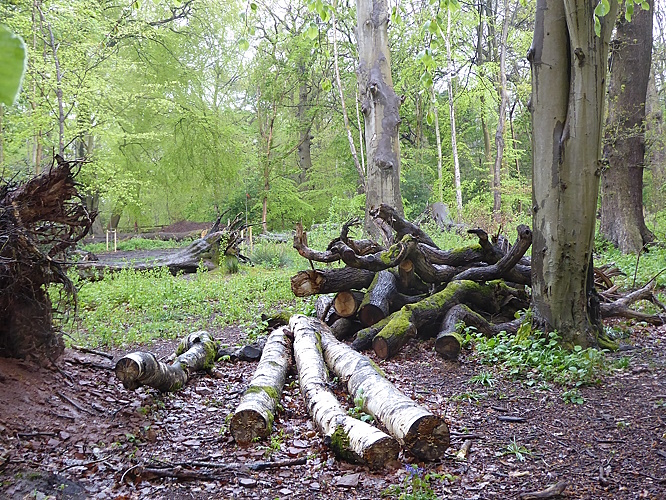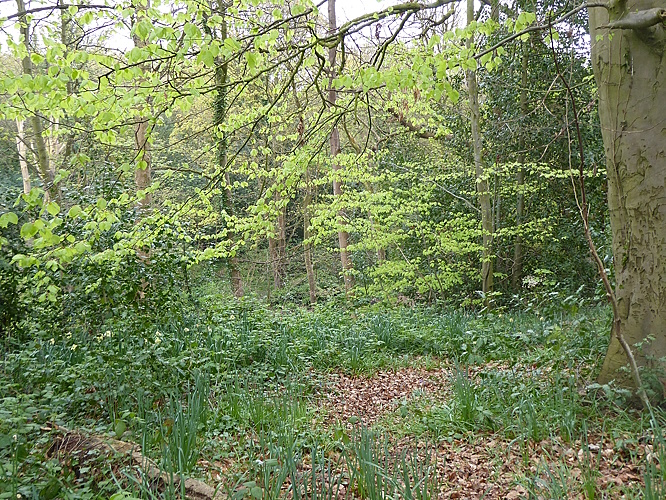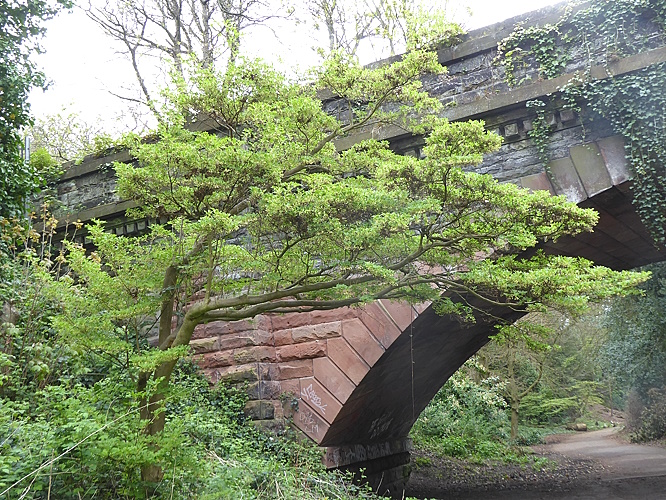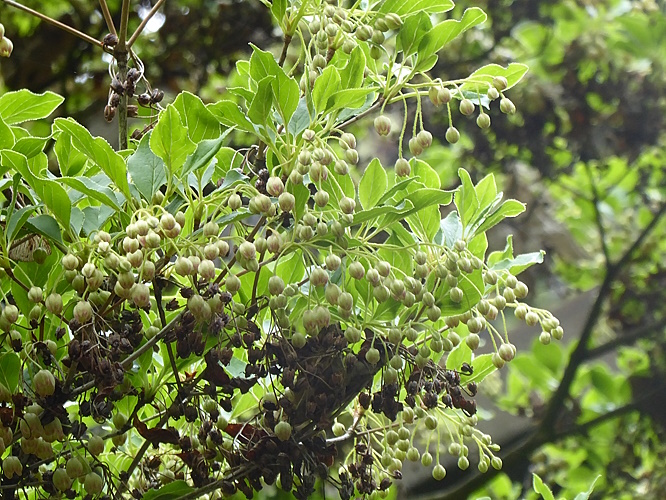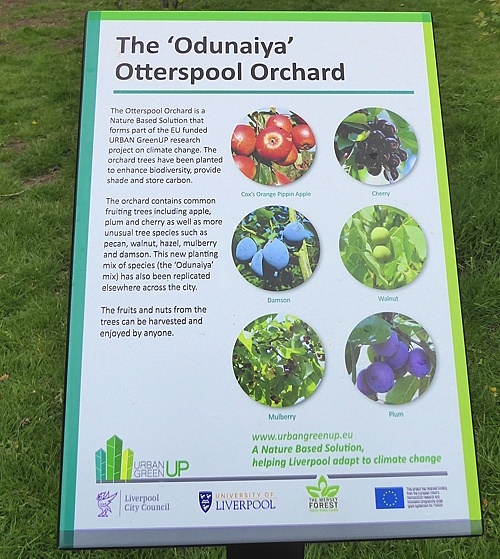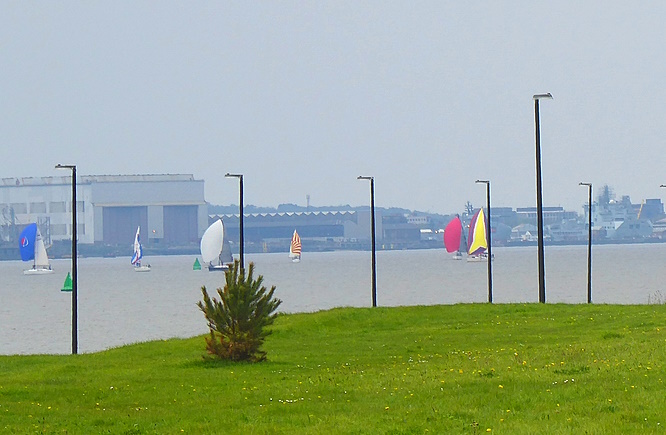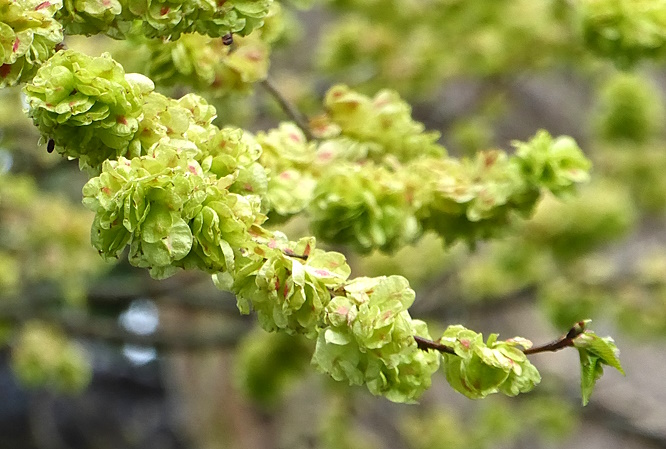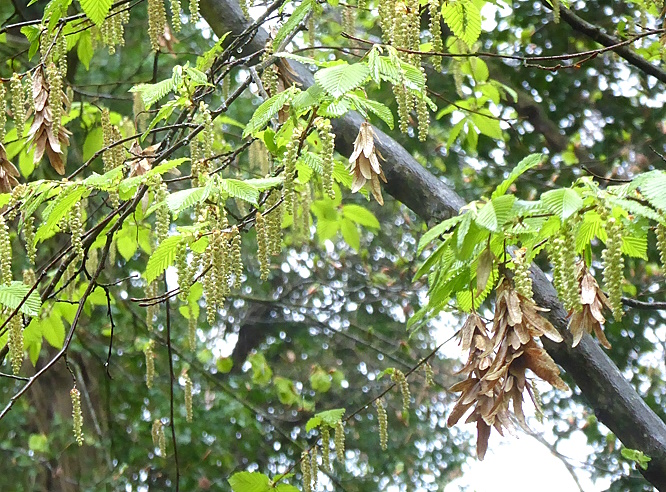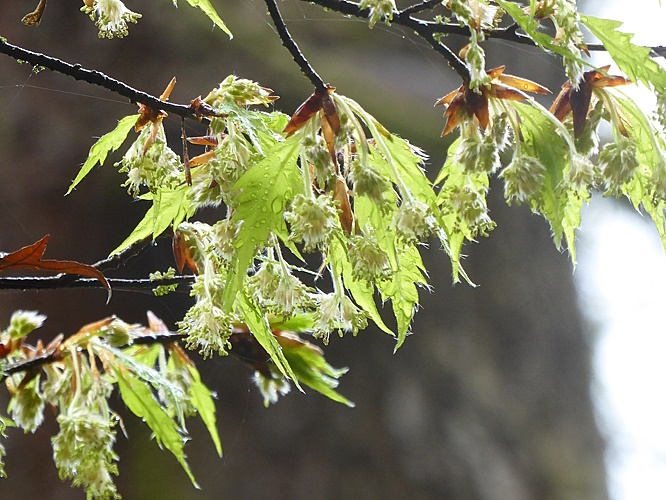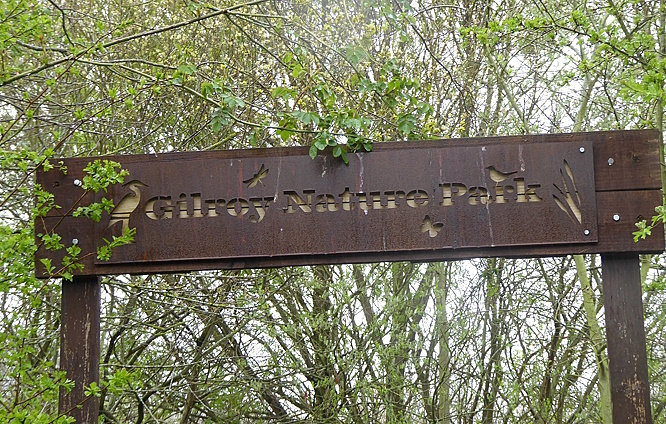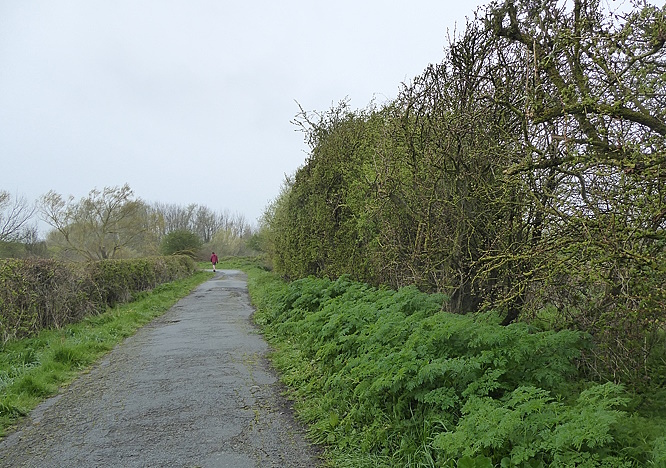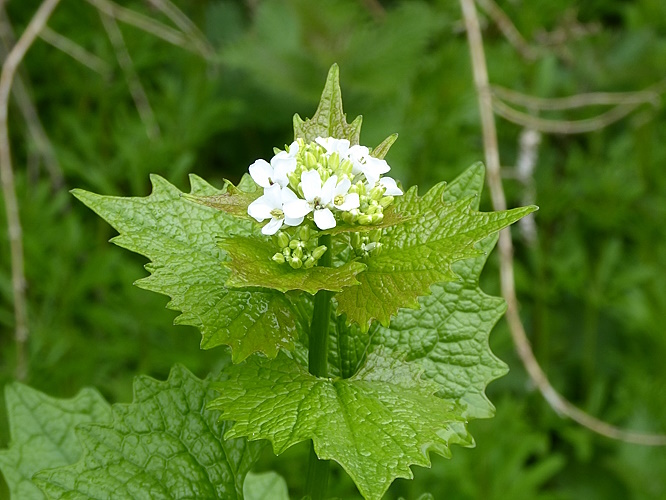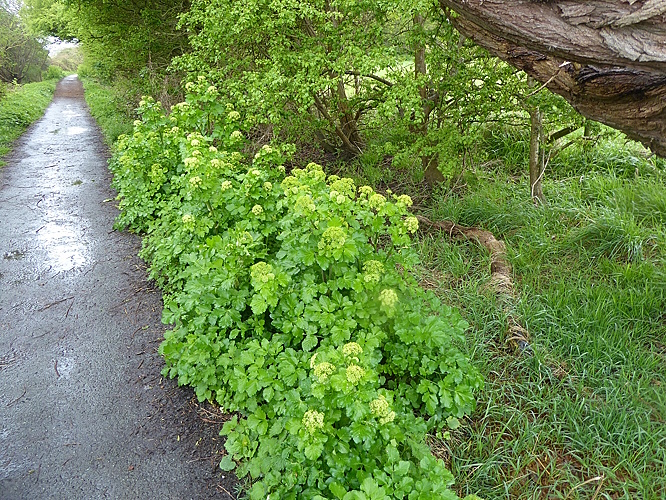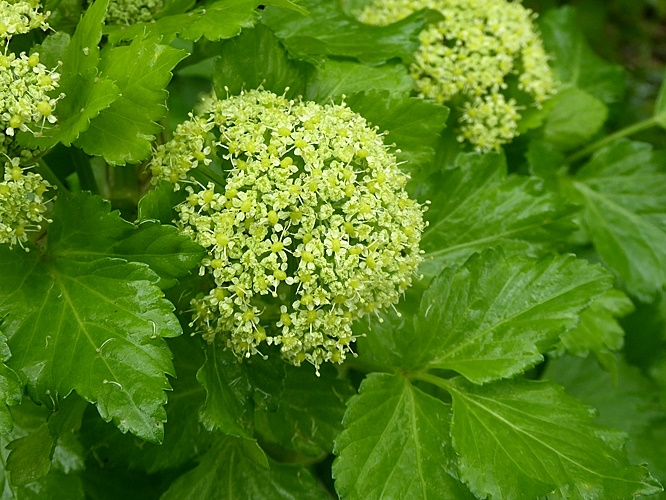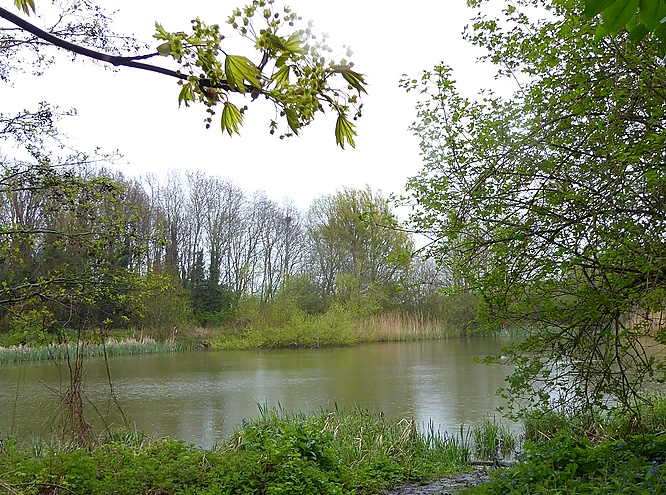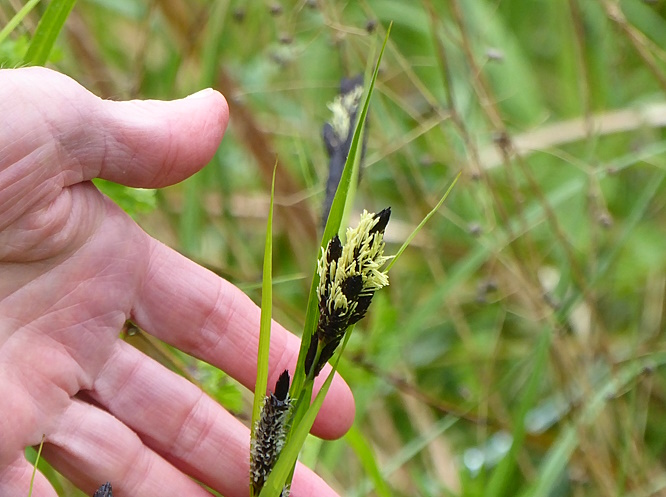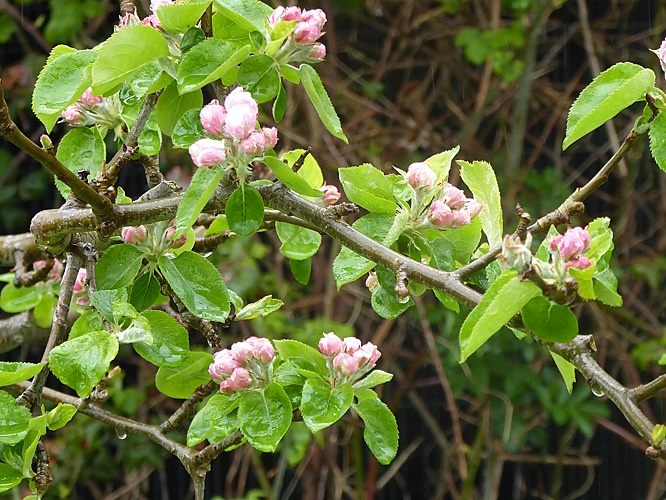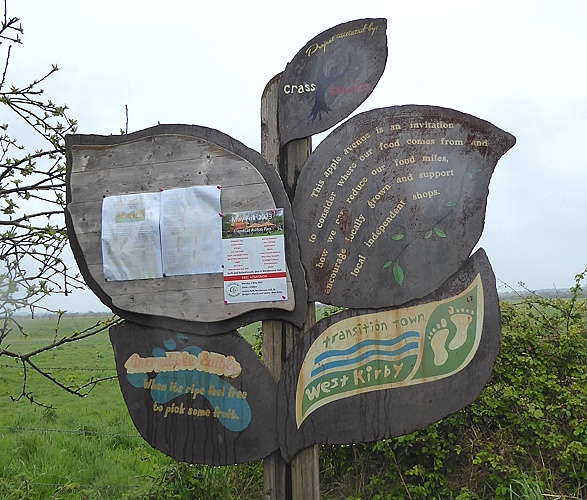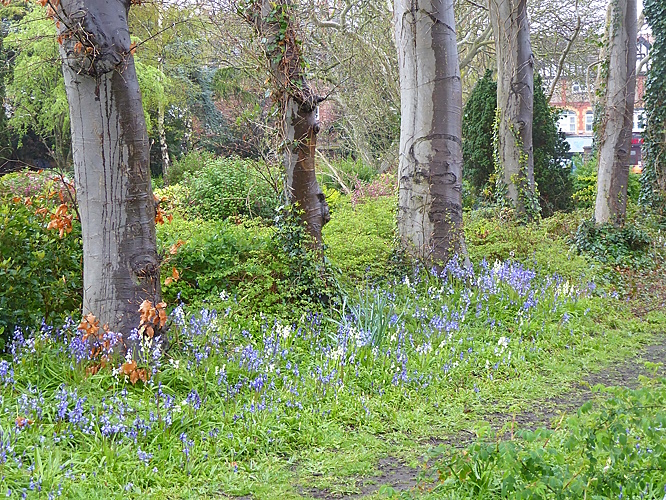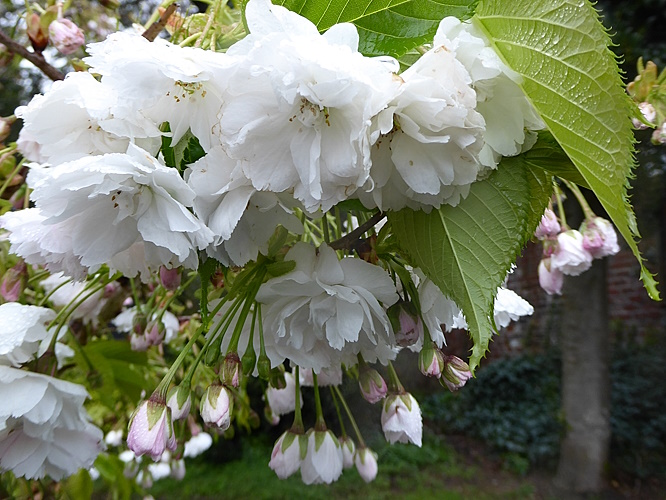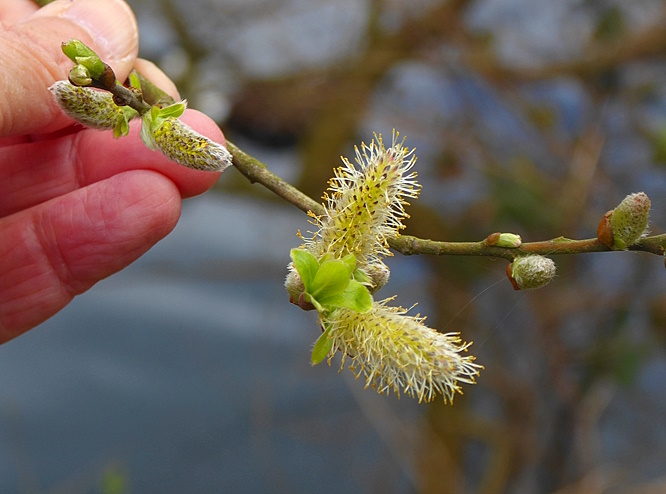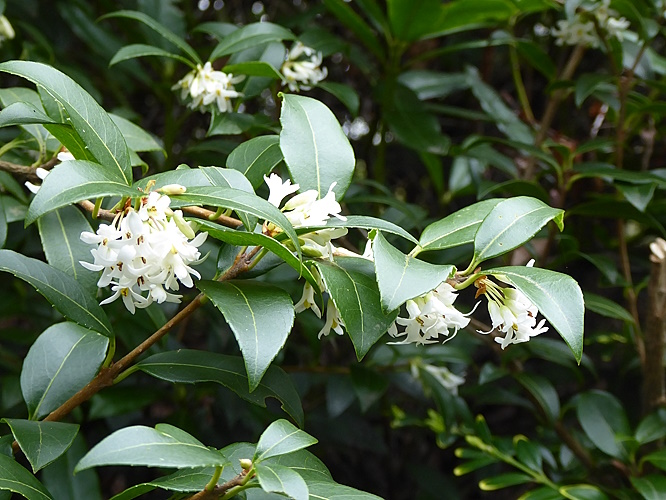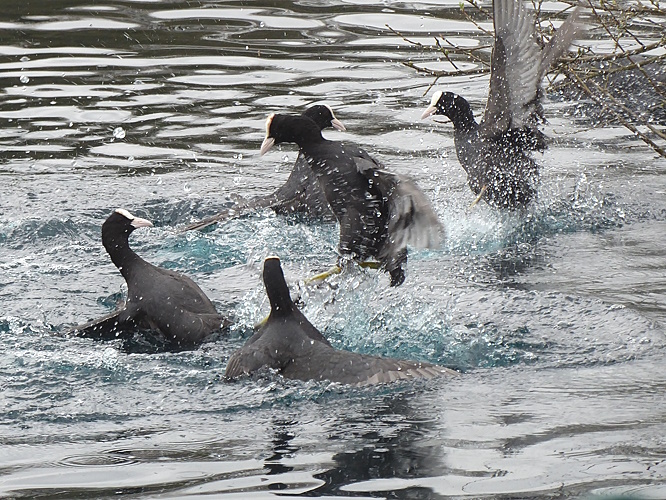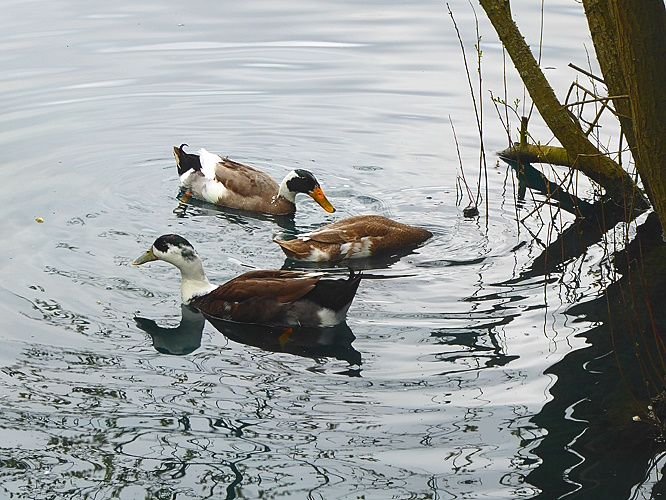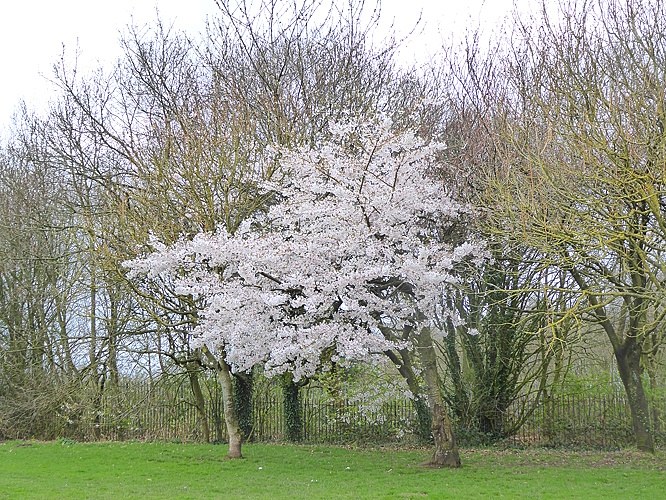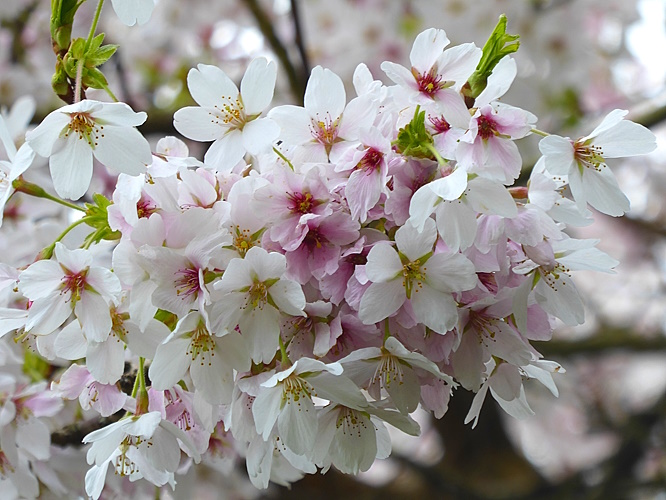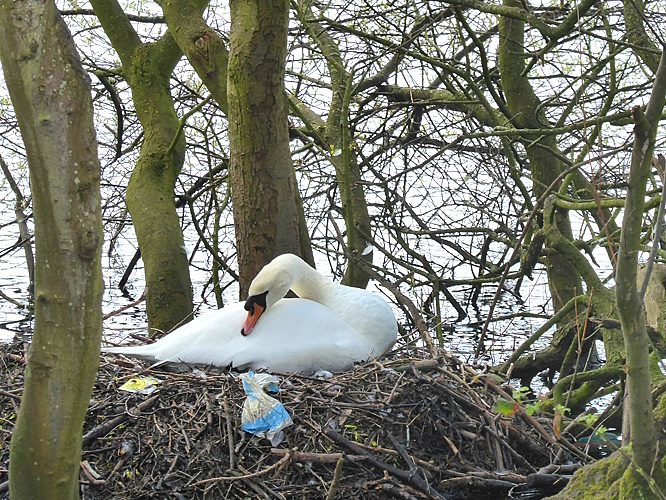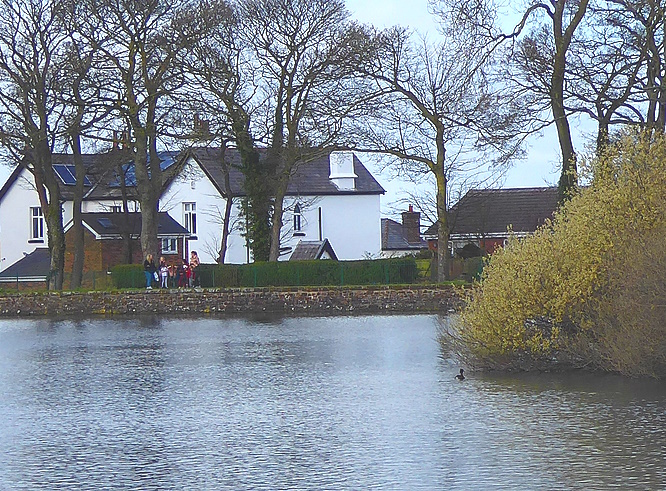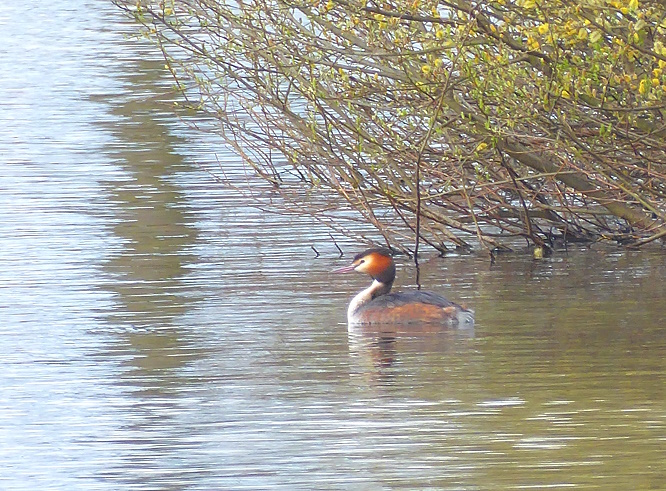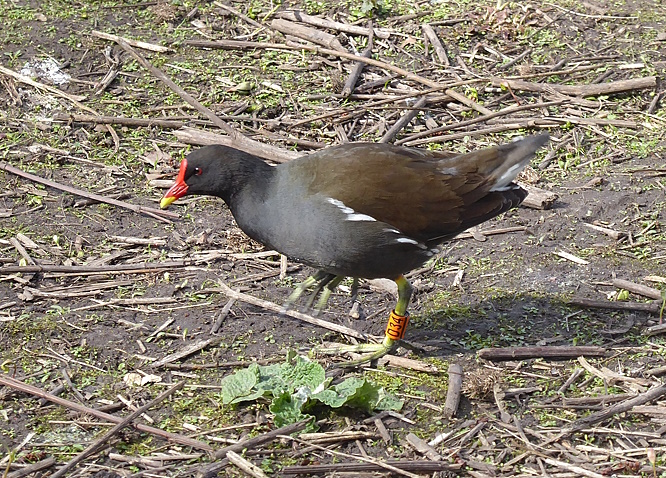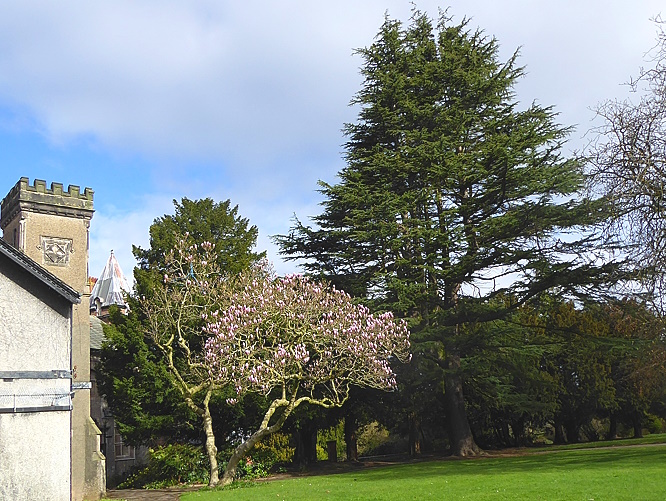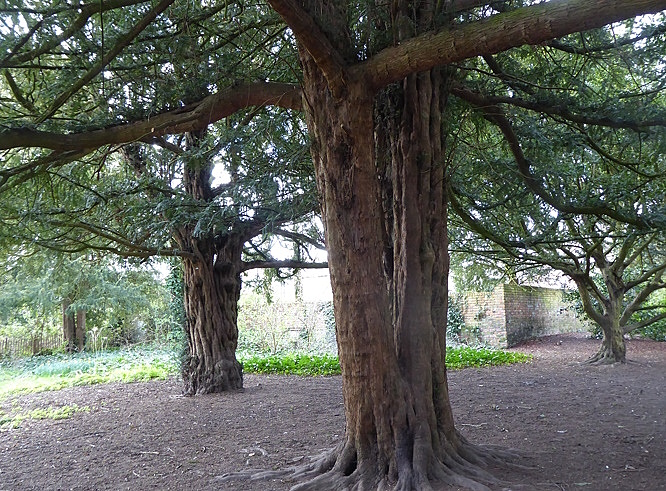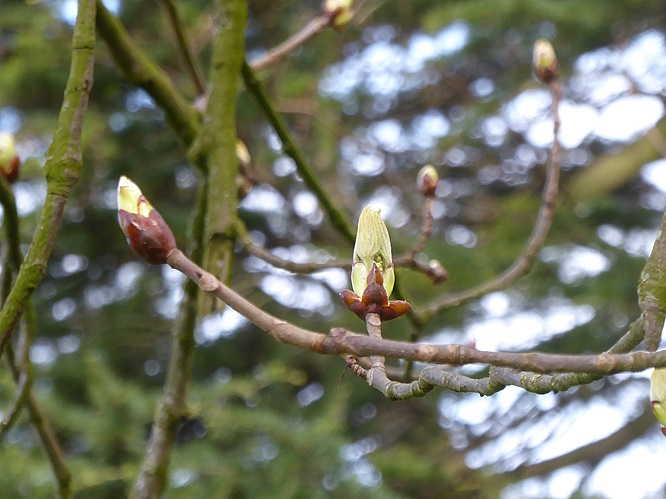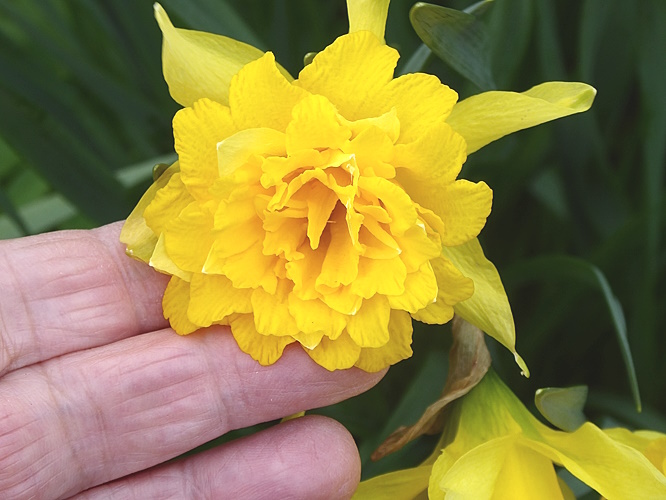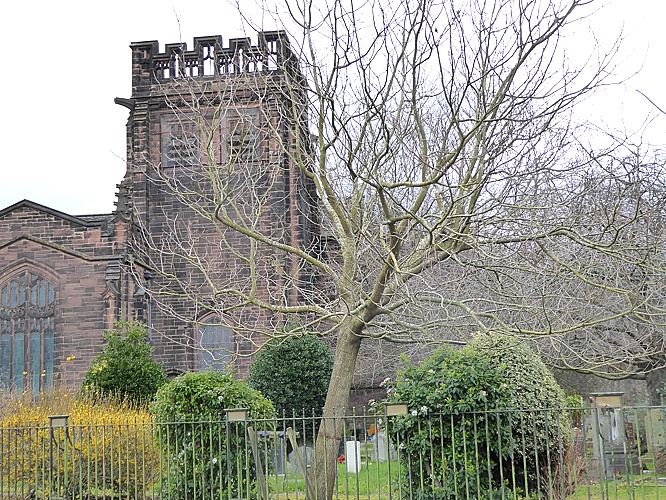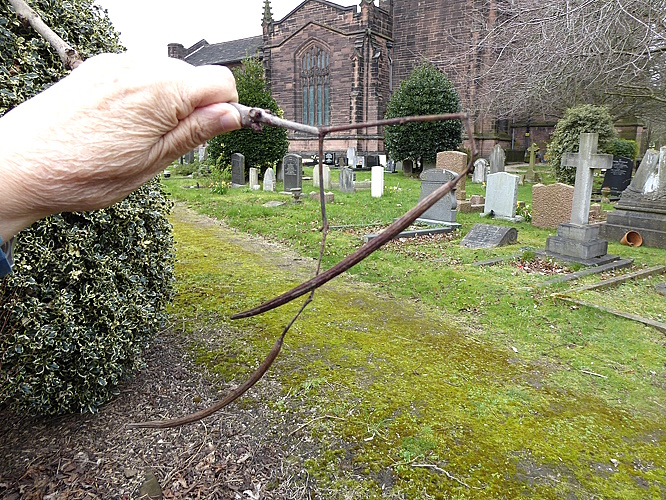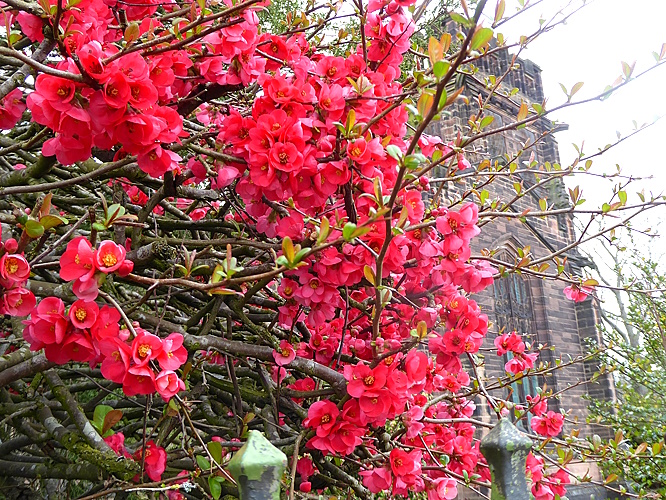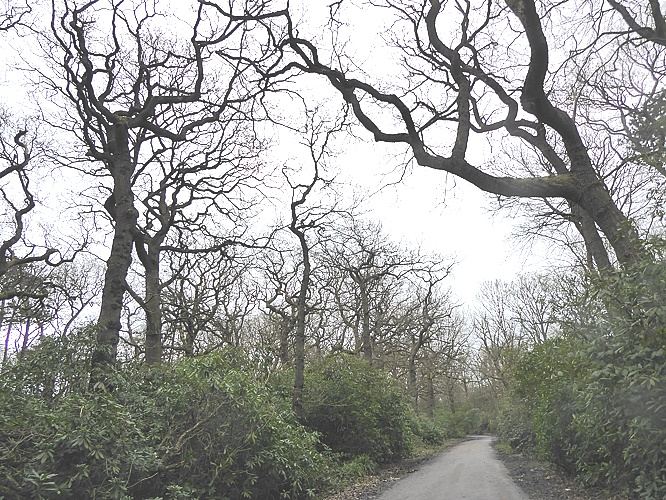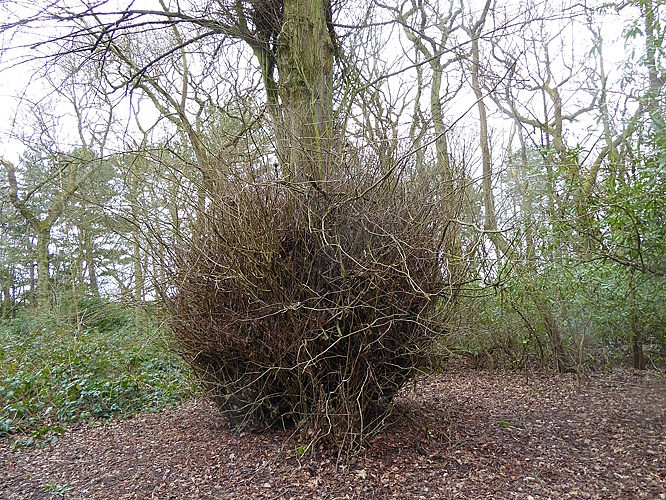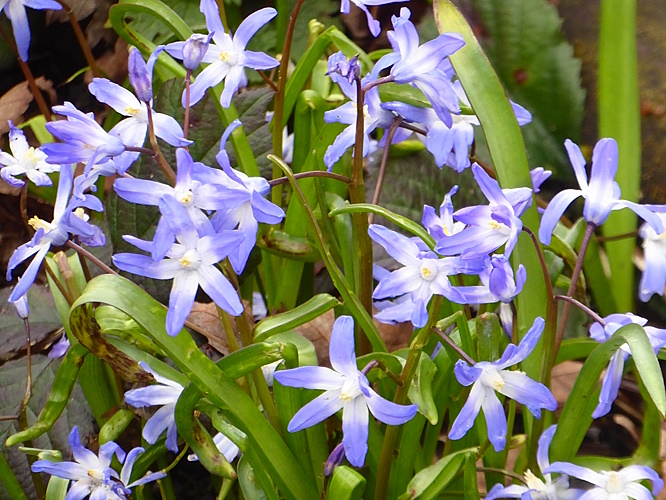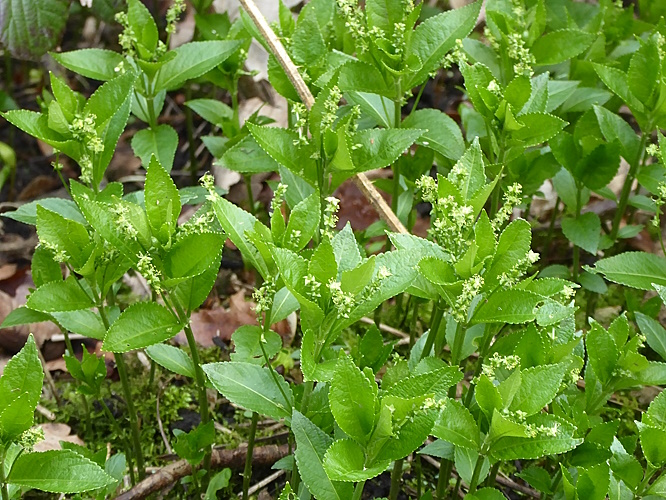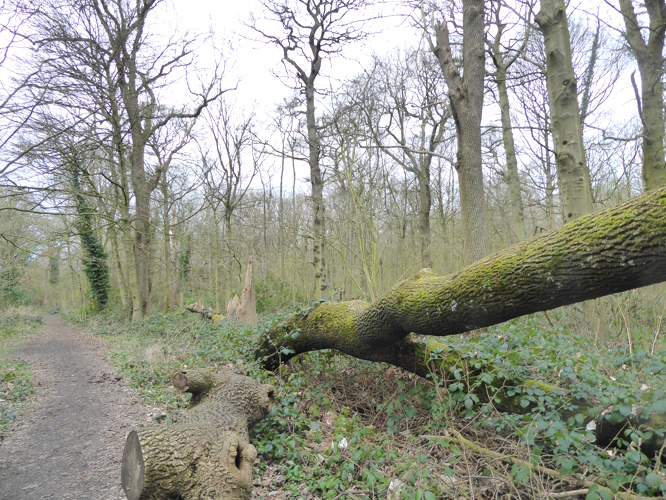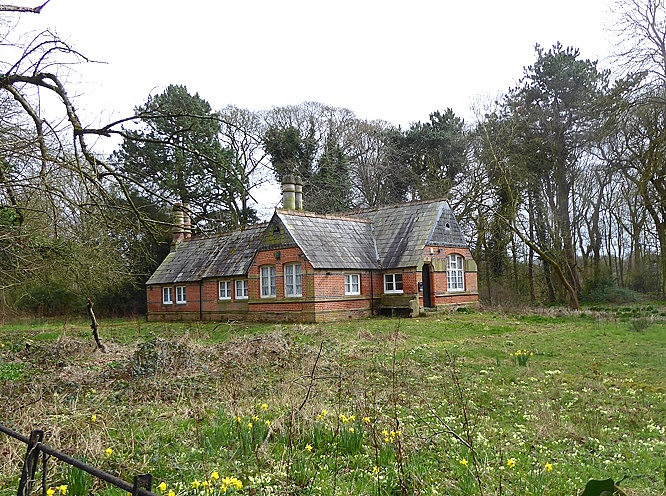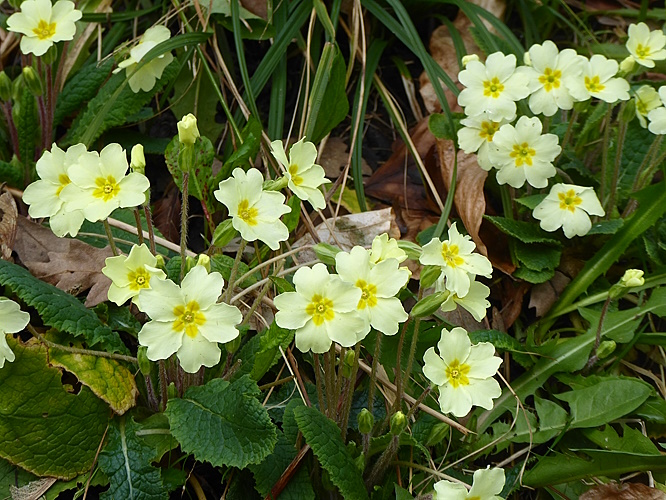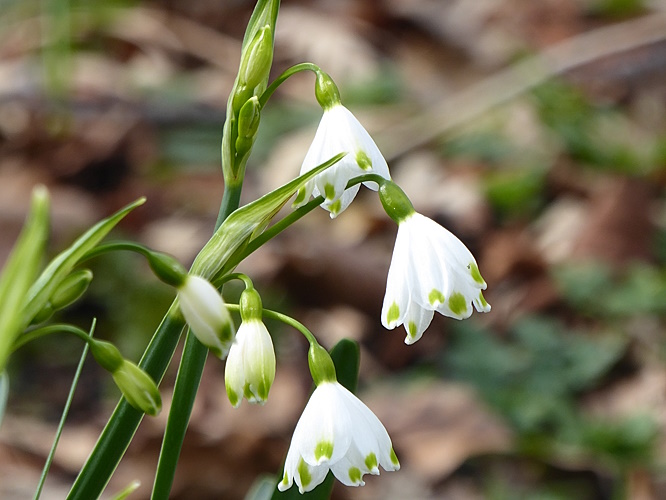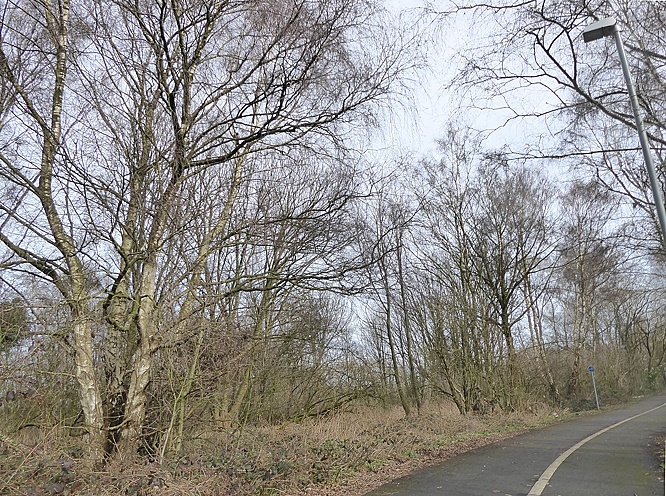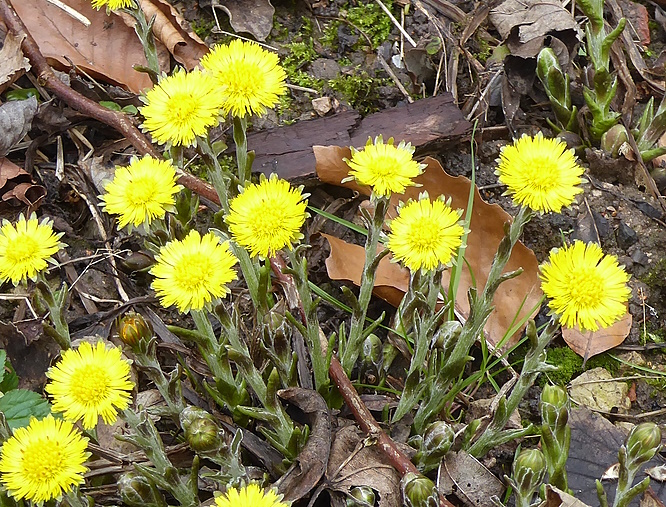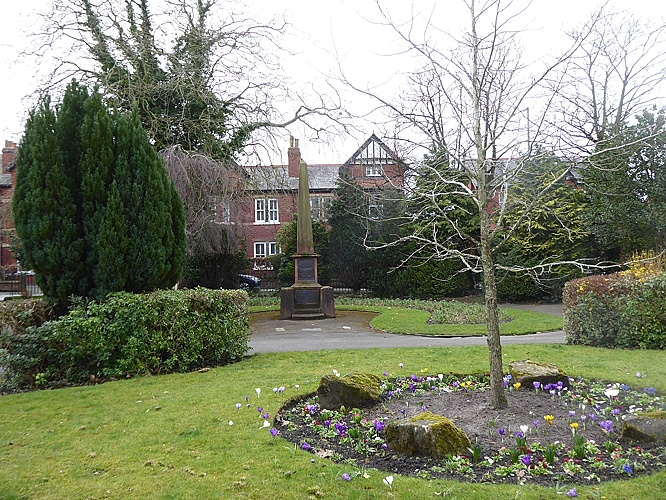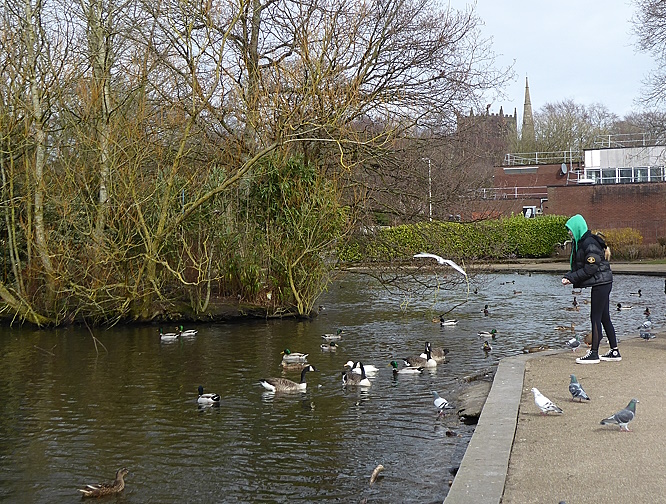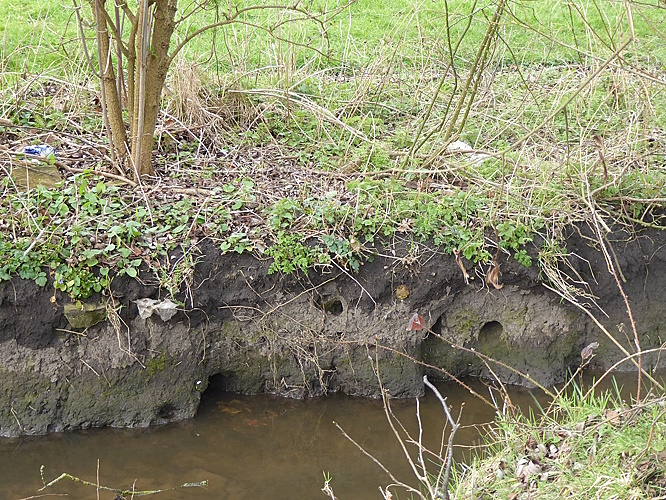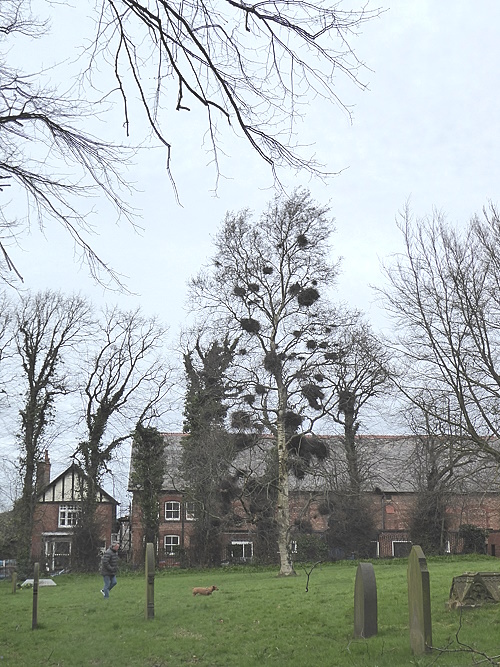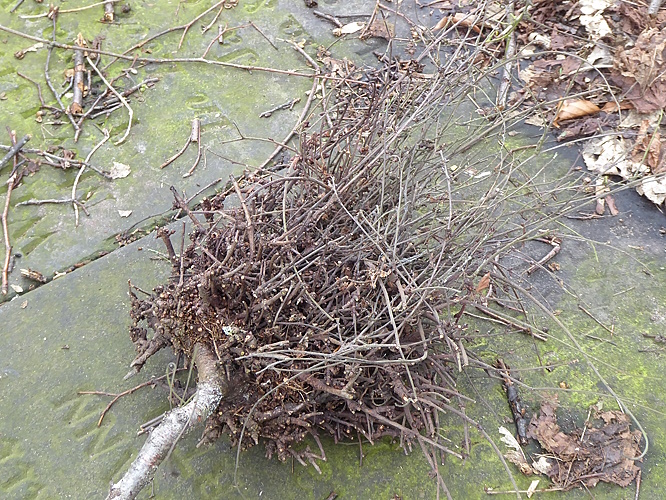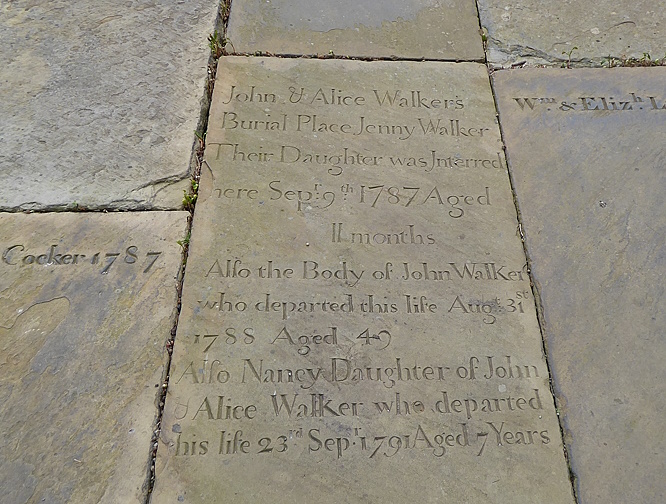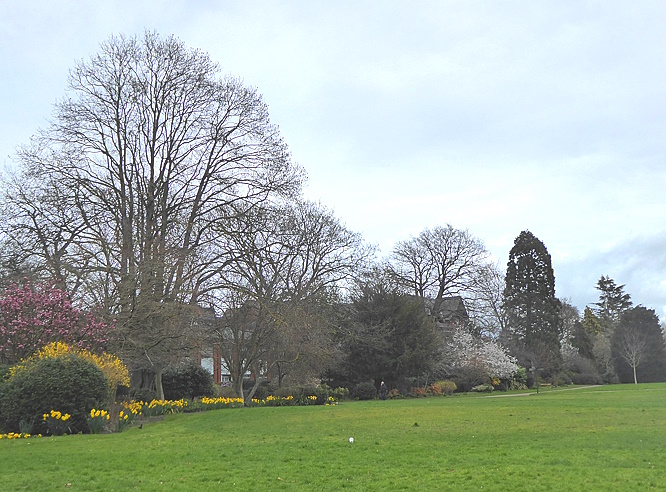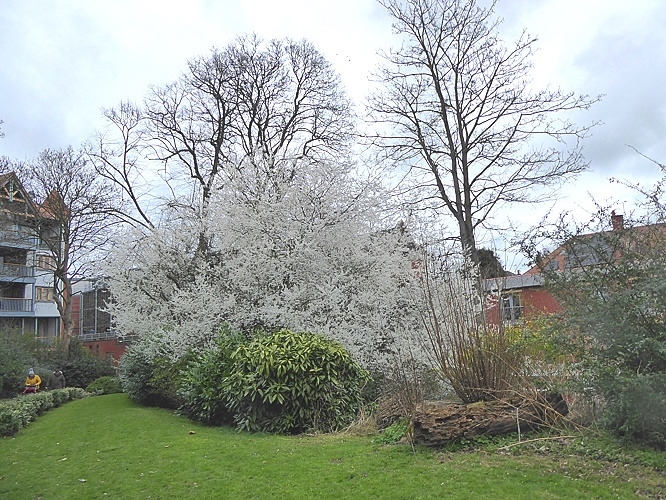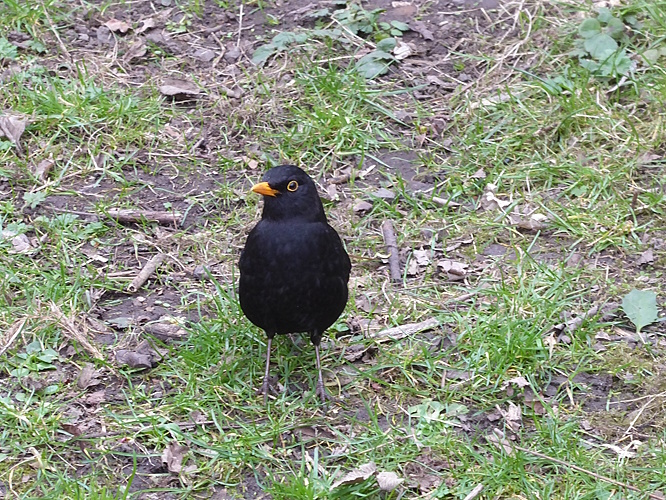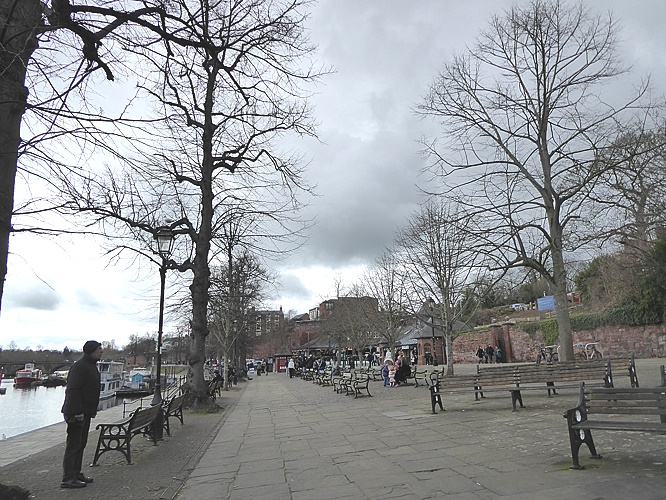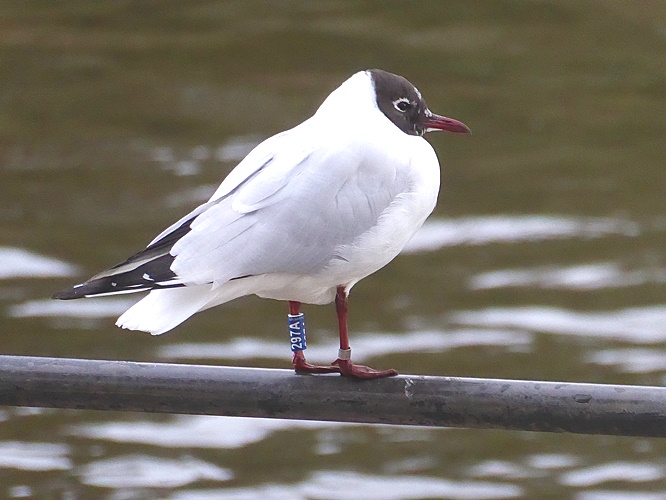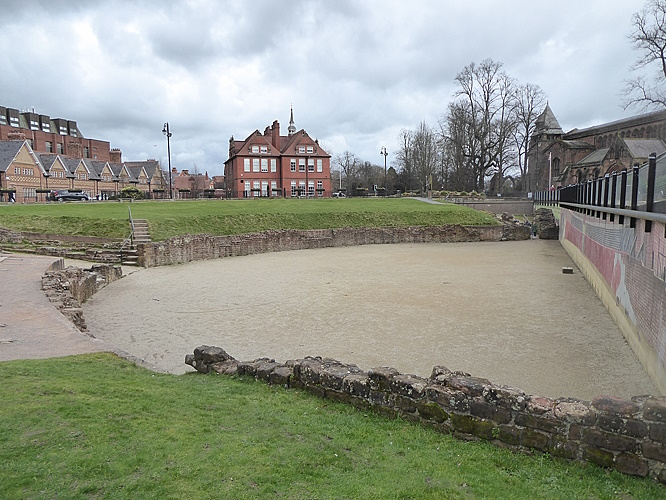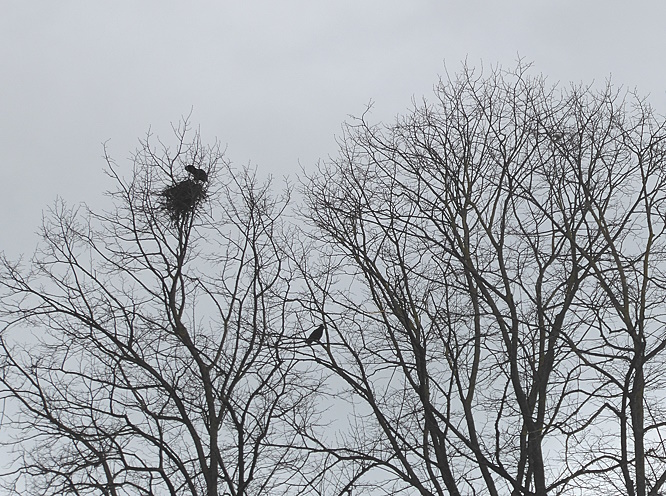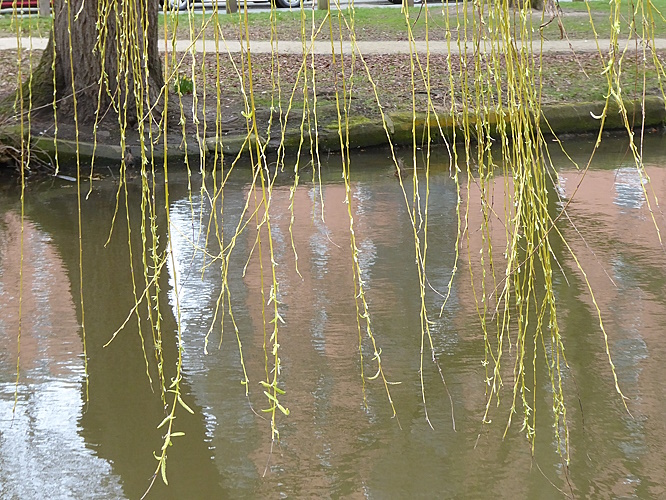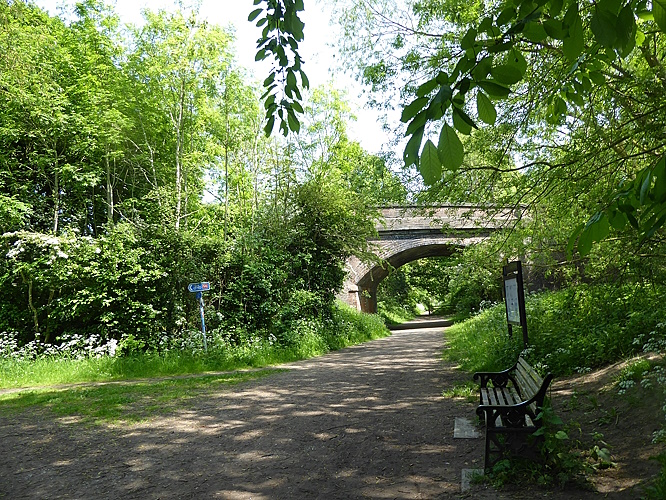
On a lovely warm and sunny day we set out on a simple, straight, flat walk along the Wirral Way. Its full length is 13 miles from Hooton to West Kirkby, but we only walked from Hooton to Hadlow Road and back, 1.7 miles each way. We met some walkers and cyclists, but it wasn’t busy, just a cool green tunnel. The billowing Cow Parsley wasn’t fully out yet, but there were plenty of other flowers, including May (Hawthorn) blossom, Forget-me not, Speedwell, Wood Avens, Dog Rose, Red Campion and Buttercups.

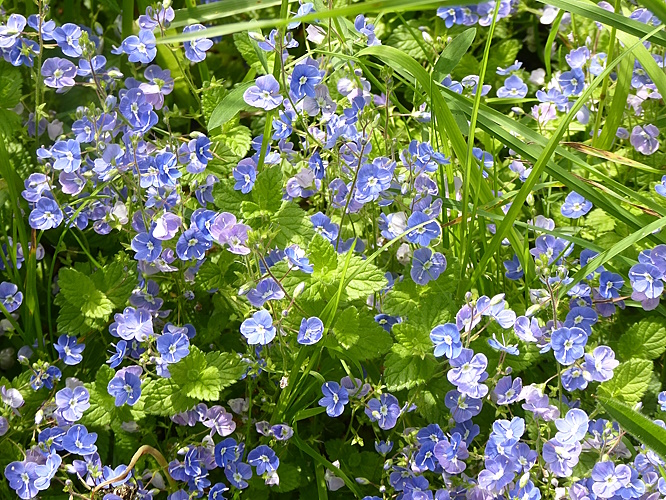

The Elder was in bud, but not yet flowering, while the Hogweed was sending up strong shoots. By contrast, most of the Dandelions are over, and here is half-blown seed head showing how it is made.
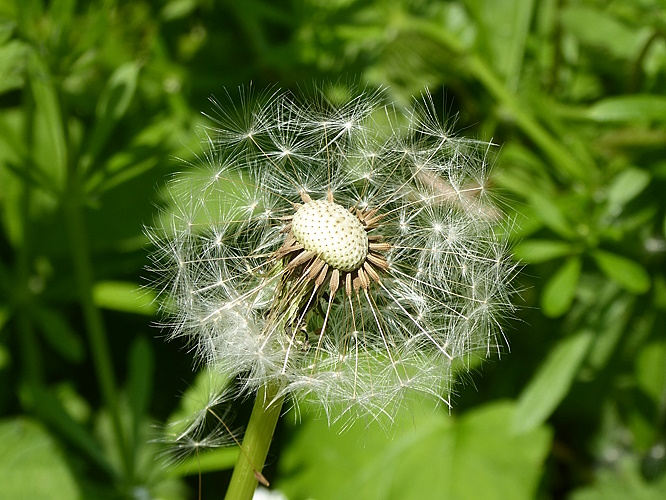
The female Goat Willow trees were shedding their fluffy seed everywhere, and looked like they were covered in blossom.
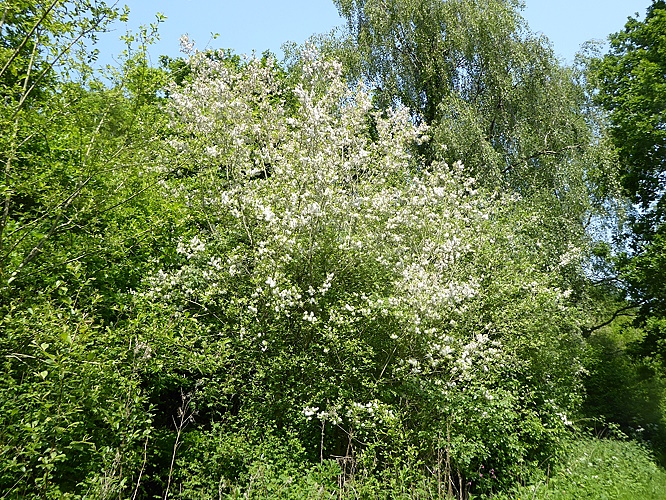

All through the tangled hedgerows were the winding and climbing tendrils of Black Briony, with tiny new leaves and panicles of male flower buds. We are used to seeing the red berries in autumn, but I don’t think I have noticed it at this time of year before.
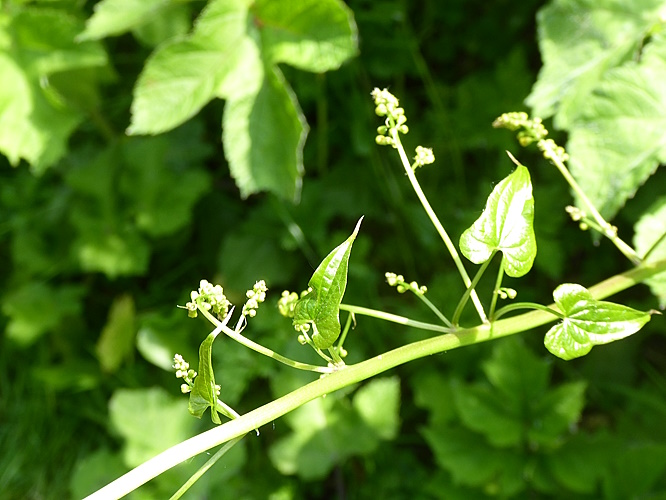
We spotted some Alder leaves with yellow bumps on them, which appear to have been caused by one of the Alder Gall Mites, possibly either Eriophyes laevis or Eriophyes inangulis. Pictures online seem confused, and neither of those species’ galls show the pale yellow margin on the leaves we saw. Maybe the culprit is something different.

We remarked on how young Horse Chestnut saplings often put out huge leaves next to paths, presumably to capture maximum light as they attempt to get up to the canopy.

Talking of Horse Chestnuts, I had speculated last year that the two huge trees near to Hadlow Road station might be the special variety called Baumann’s Horse Chestnut. They have double flowers and are sterile, producing no conkers or their spiky cases. This is very useful when the path beneath is used by horses and bikes. This time I had had a good look at the flowers and I am sure they ARE Baumann’s. There is no natural way they could have got there, so they must have been deliberately planted when the path was laid out in 1973. They are now 50 years old and are magnificent towering specimens.
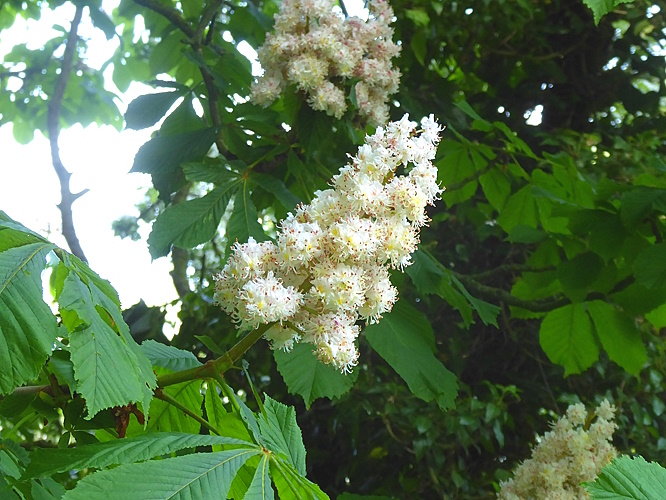
Along the way we heard several Chiffchaffs. There were Robins singing, Blackbirds on the path and at one point we could hear a loud and complex song, probably made by some sort of warbler. We looked at all the trees in the direction of the song but we couldn’t find the bird. As for mammals, the verges had some narrow trails which might have been badger or fox paths. Further on I spotted a movement low down and was rewarded by the sight of a small Field Mouse scurrying away into the undergrowth. We also spotted two Corpses of the Day – a dried-up Grey Squirrel and a recently-dead Hedgehog on which flies were settling.


We lunched at Hadlow Road station, preserved as would have been in about 1952, complete with old ticket office, timetable and old money!
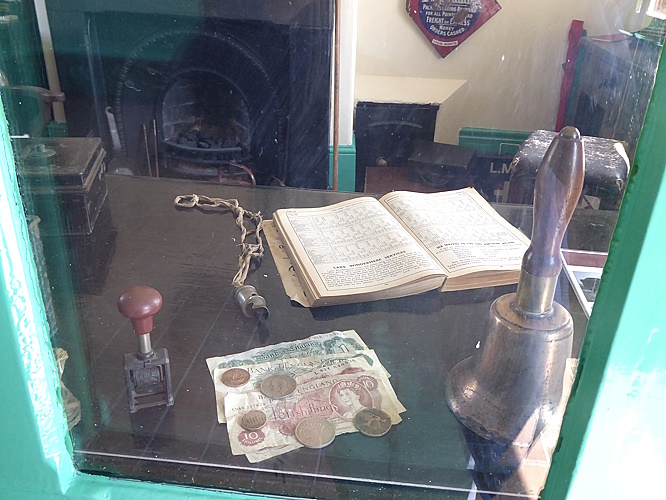
On the way back, it turned out that Sheena had a plant photo-ID app on her phone and it identified Cock’s Foot grass. I was still a bit sceptical so we tried it on the immature and unpromising-looking tendrils of Black Bryony, and it got that right, too. Maybe we should get a birdsong app to help with mystery warblers. Several butterflies were on the wing, including three Speckled Woods competing for space in a sunny glade (probably all males), an Orange Tip, and this Speckled Wood which sat still for its portrait.
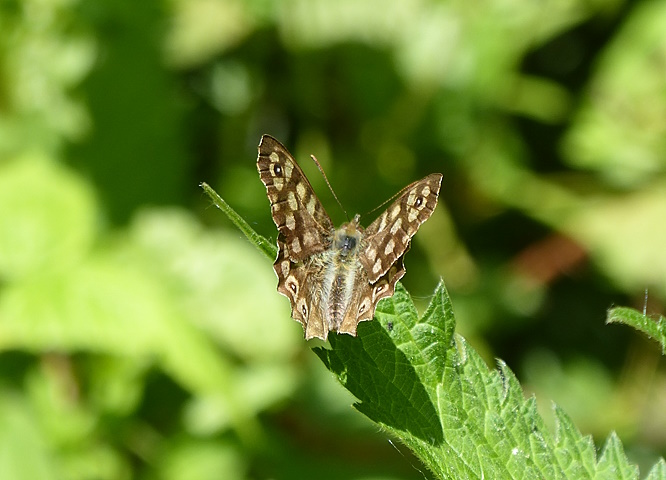
Public transport details: Train from Central towards Ellesmere Port at 10am, arriving Hooton 10.25. Returned from Hooton at 14.14, arriving Liverpool 14.45.

